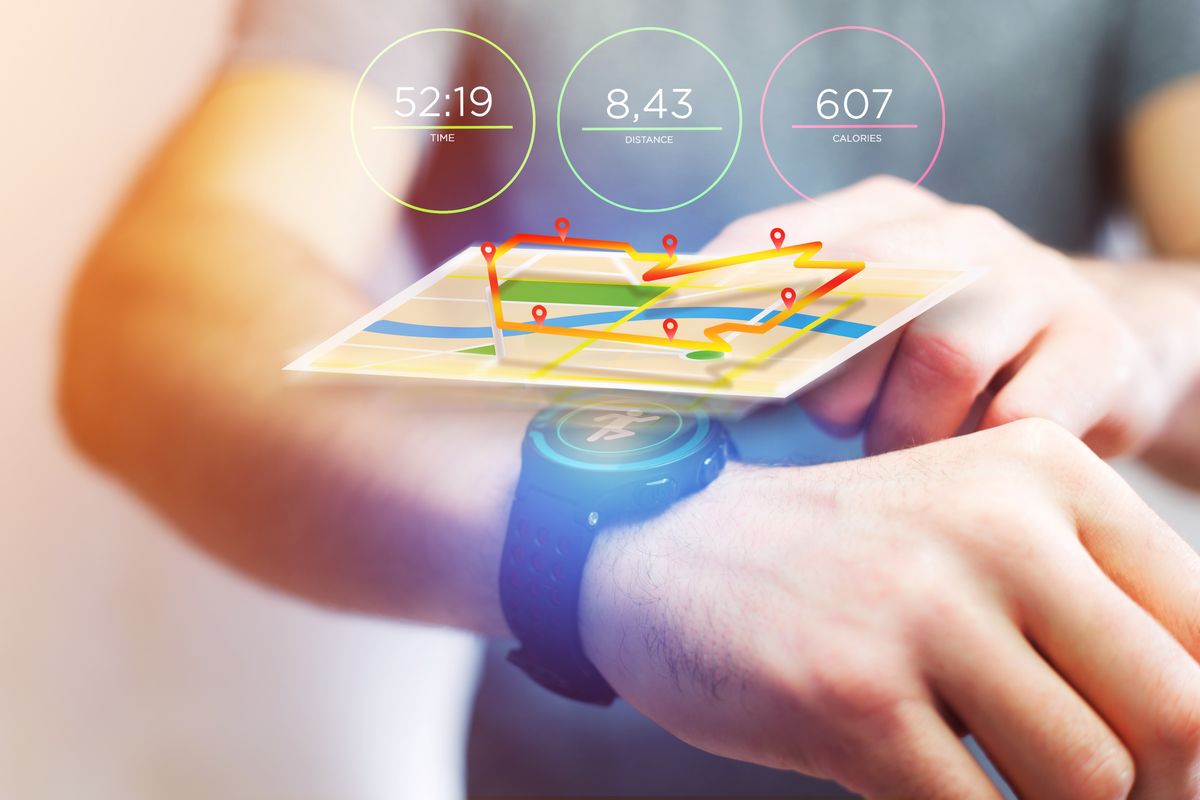In this section we analyse the reliability of technological objects. In order to analyse the reliability, the authors of scientific studies evaluate the reproducibility of the measurement carried out with the technological object, they also evaluate the level of validity of this measurement.
The reproducibility of a measurement consists in calculating the variations in the results when a test is carried out several times under the same conditions. For example, when you buy a scale, you usually step on it several times to make sure that the mass is the same. If the mass reads 77 kg the first time, 78 kg the second time, and 76 kg the third time, you are unlikely to buy that scale because you think the repeatability of the measurement is inadequate. On the other hand, if the result shows 77.1 kg, 77.0 and 77.1 kg, you can consider that the reproducibility of the measurement is correct and you can buy this scale. It remains to check the validity...
Validity ensures that the measurement made by the instrument actually measures what it is supposed to measure. For example, if you weigh 75 kg and the scale you're considering buying says 78 kg, you probably won't buy it, even if the measurement is reproducible. To perform a validity analysis, it is necessary to compare the values of the tested instrument with a value obtained from a reference measurement. The reference measurement is defined by the scientific community, e.g. the standard kilogram, polysomnography to analyse sleep.


